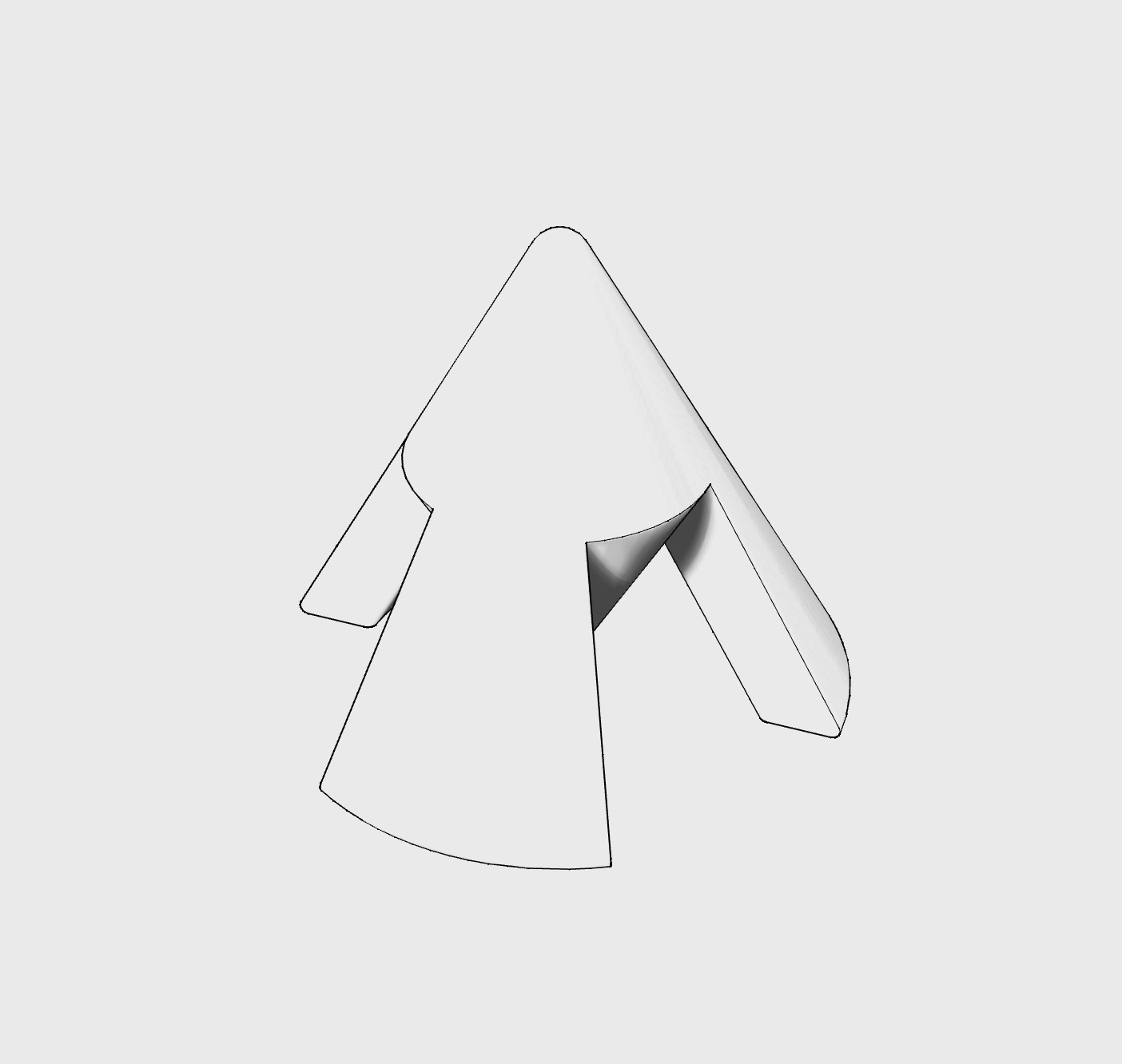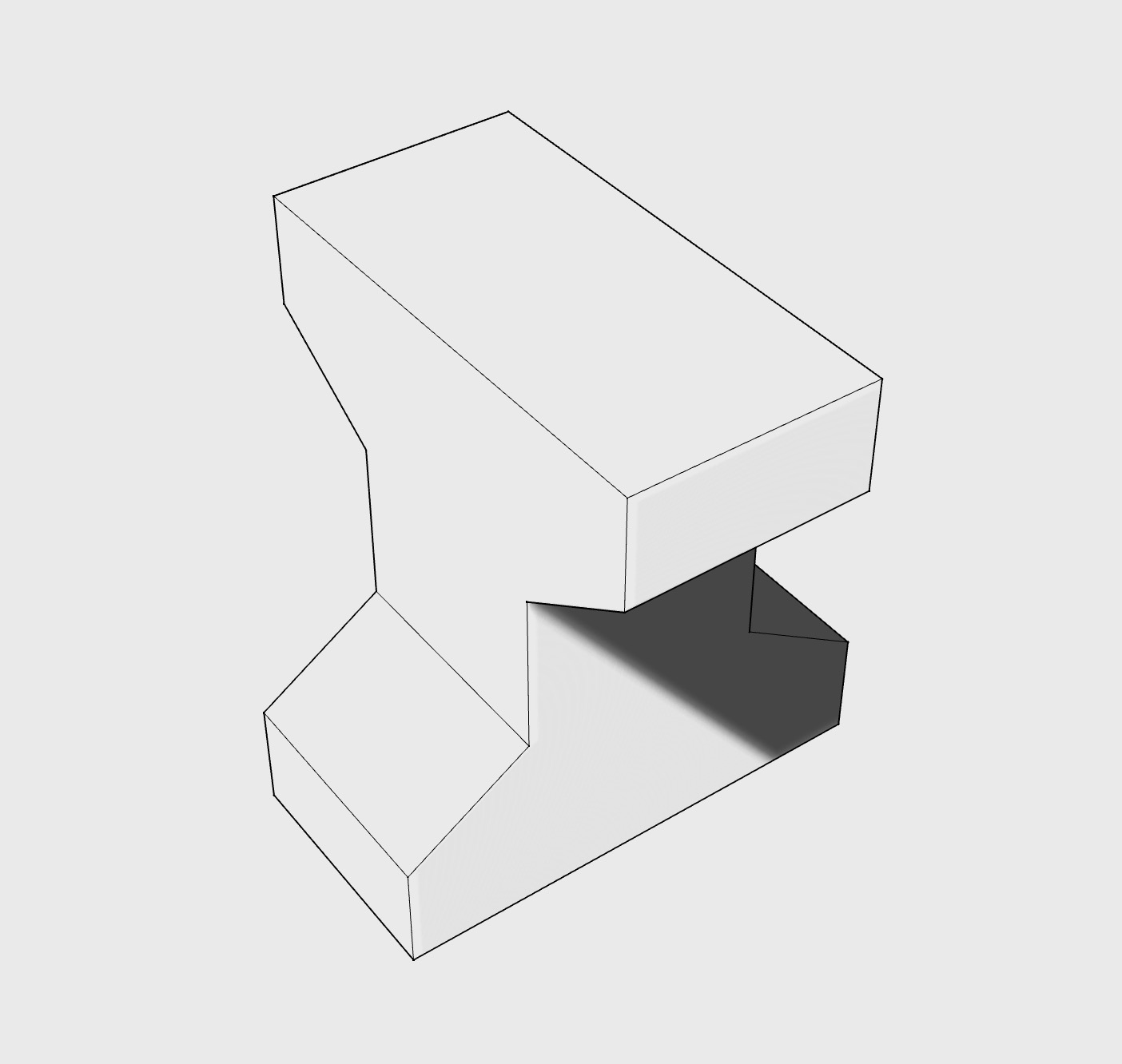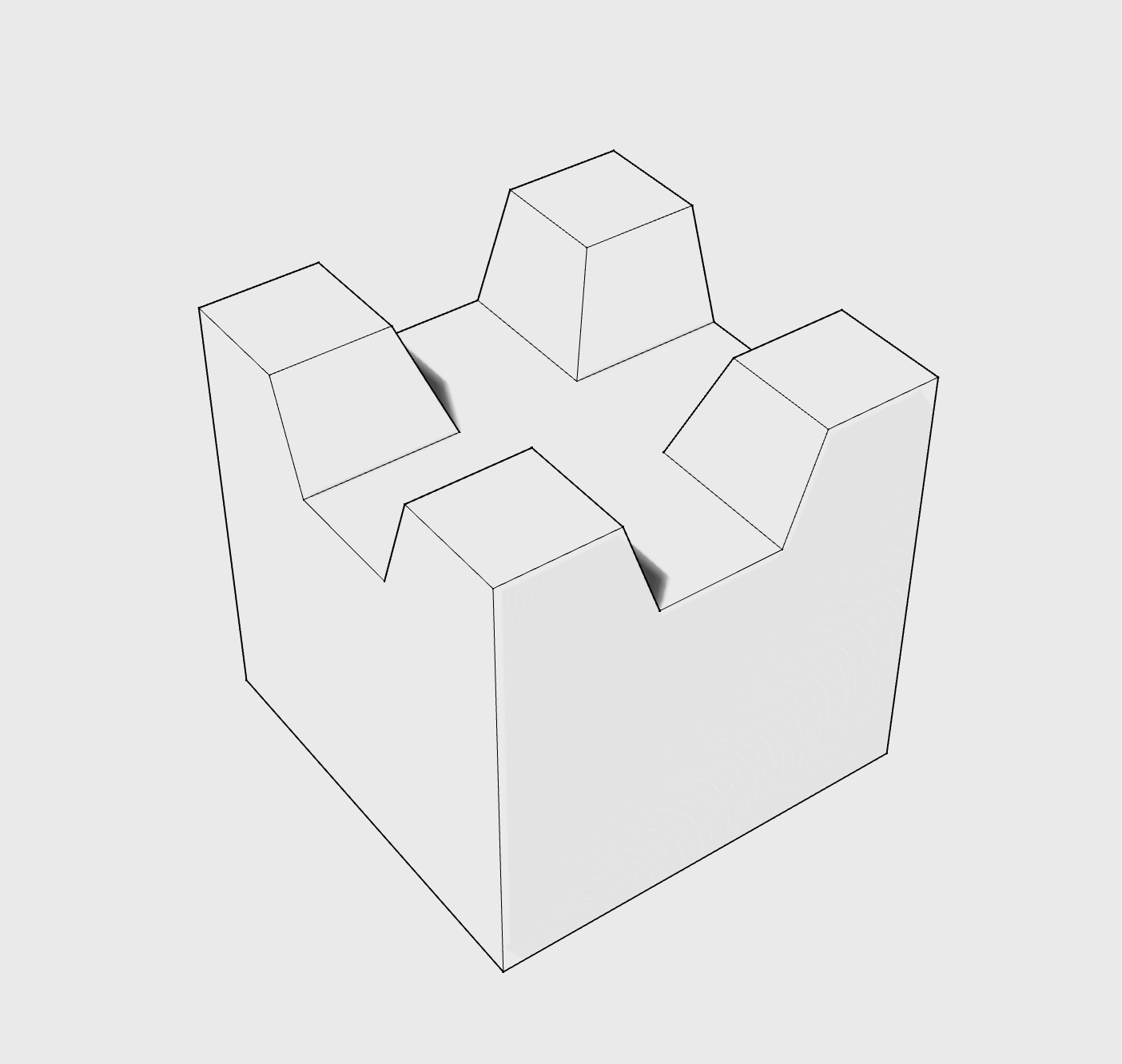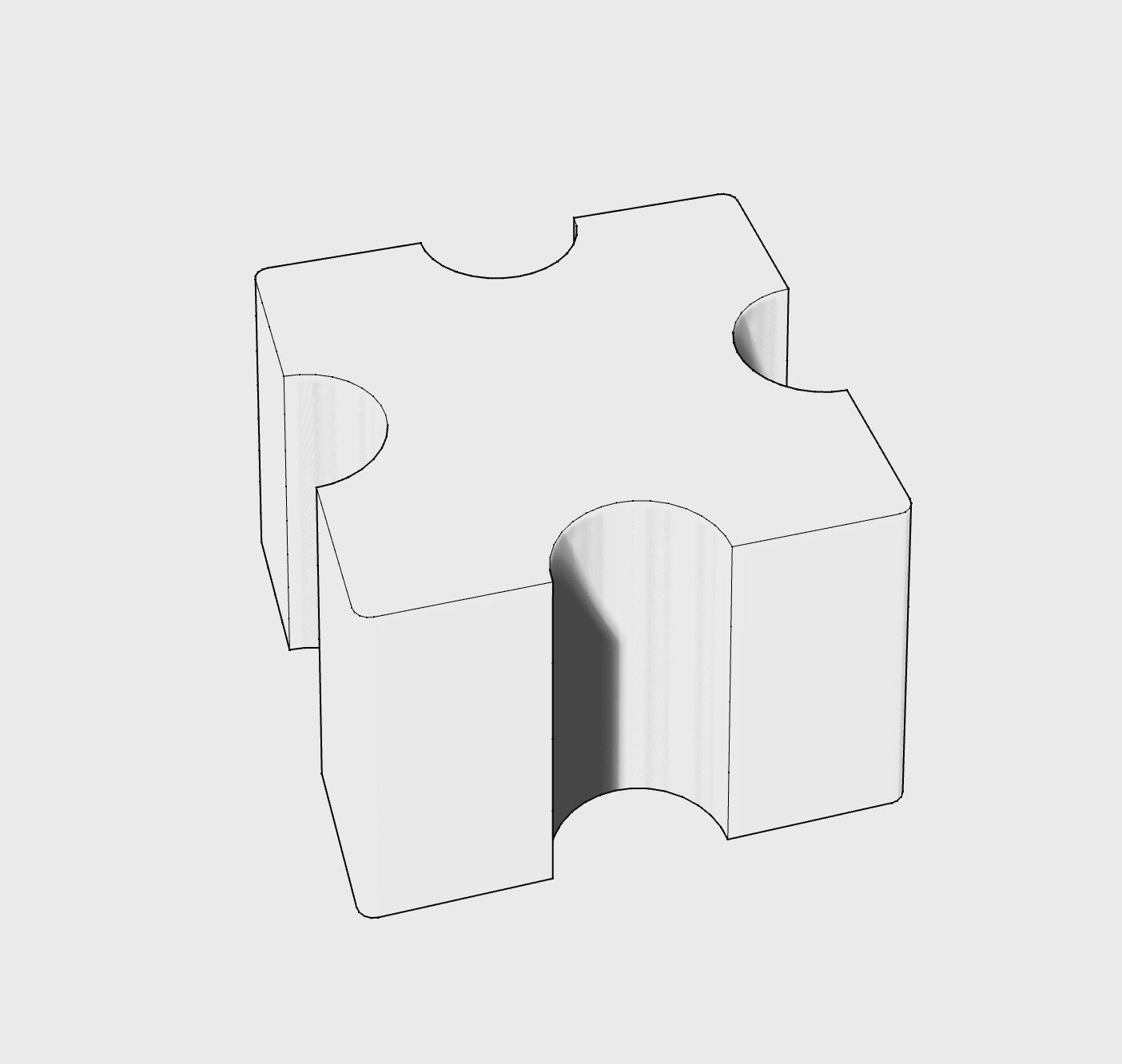Tetrapods
In marine engineering, these cast concrete forms are frequently stacked along coastlines to form porous berms that dissipate wave energy and protect the shore from erosion.
The forms these take can vary greatly, depending on the specific use case, the supplier, and the geographic region. Many are proprietary, with known names like "X-bloc" and "Accropode."
Many have been fascinated by concrete breakwaters, especially in Japan where about 30% of the coast is protected by some form of these "tetrapods" as they are popularly known.
They have been utilized in tshirt designs, paperweights, and pillows, and several popular books have been written about them, often emphasizing the humble aesthetic of their utilitarian and geometric nature.
I have here created a set of 43 3d models, from plans and sections where they were available and by eye where they were not (for instance, in the case of proprietary forms).
This is for the sake of 3d modeling practice, mainly, but could be further applied to jamming simulation studies.
Also, ideally the forms can be optimized for how effectively they dissipate energy, how cheaply their molds can be formed, how economically they use material, how simple they are to move, and how stable they are in aggregation, among numerous other well defined criteria.
A further study could focus on specific features, such as symmetry groups, or perhaps a general search of the solution space for optimal unit designs, perhaps an evolutionary approach.












.jpg)





























